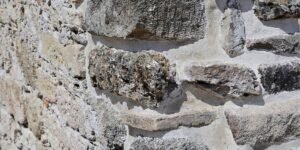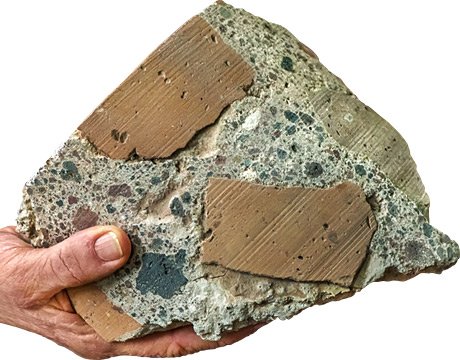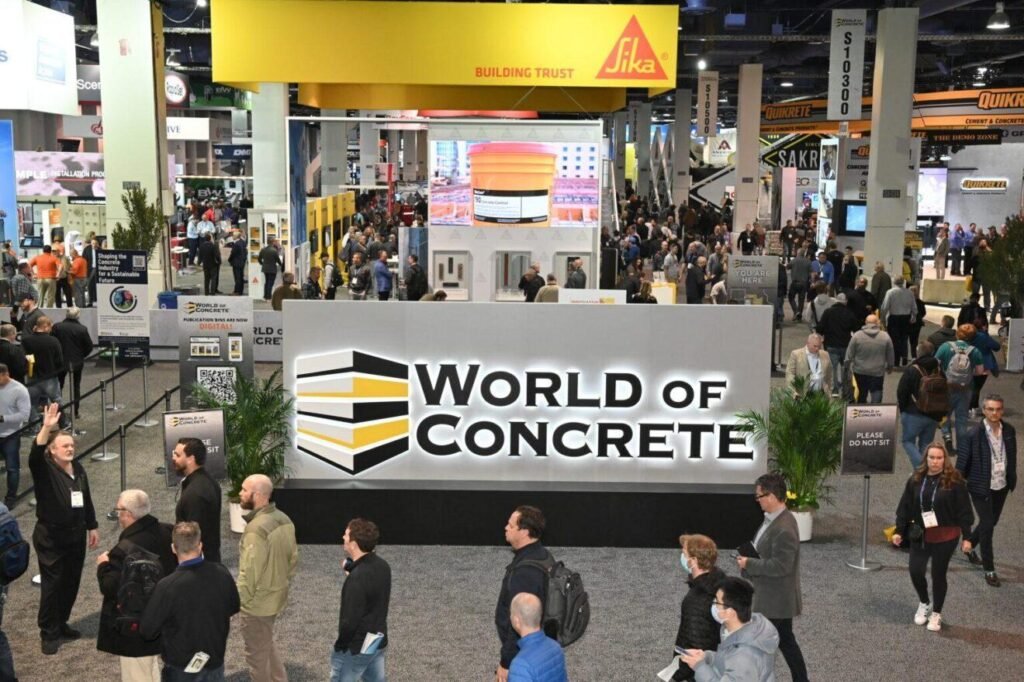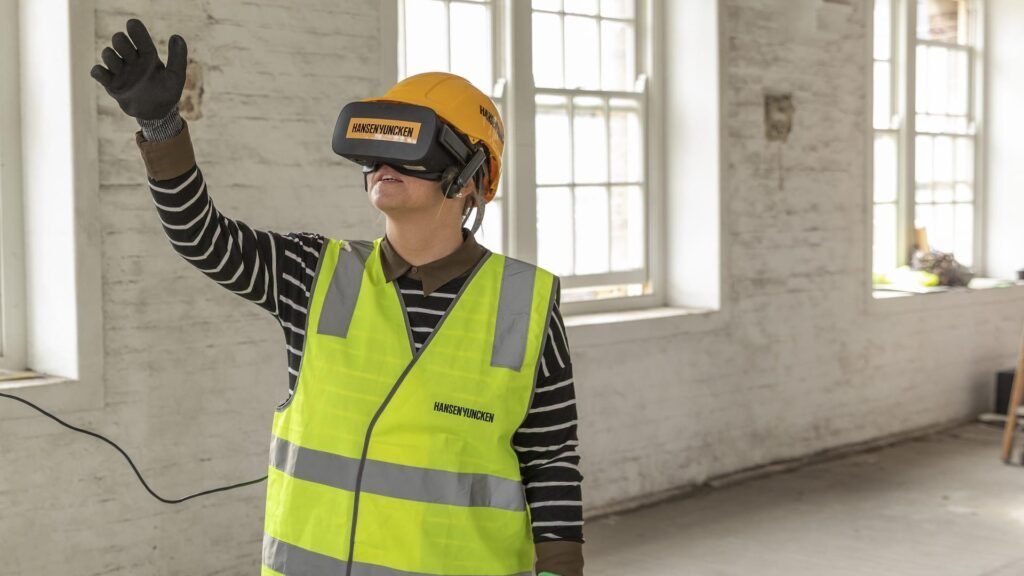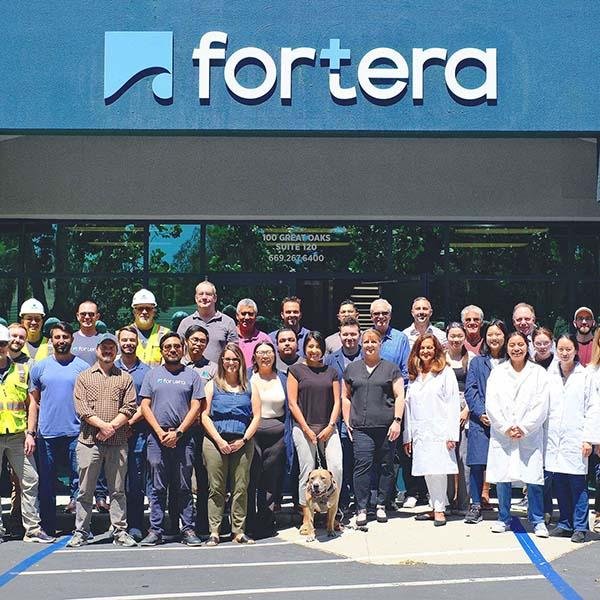Roman architecture has awed generations with its resilience. Even as the facades of ancient aqueducts weather the sun, wind, and countless seasons, their very substance—Roman concrete—mysteriously persists while modern structures disintegrate surprisingly fast. The durability’s origins lay hidden for centuries within this humble material, known formally as opus caementicium. Millions speculated: How did Romans achieve such longevity in materials? Modern testing often failed to replicate it convincingly.
For decades—no exaggeration there—the prevailing theory centered on a volcanic wonder: pozzolanic ash. This fine, siliceous powder from Pozzuoli near Naples figured heavily in written accounts by both Roman architects and later historians alike. It was believed that mixing this volcanic ash with slaked lime and aggregate gave rise to chemical reactions forming insoluble calcium silicate hydrate (CSH) compounds that strongly bonded everything together. Romans valued it so highly they shipped pozzolana far across their empire; their monumental buildings bear mute witness to its significance.
However, recent advances led to strange discoveries when scholars scrutinized ancient concrete samples under microscopes. Tiny white fragments labeled “lime clasts” peppered the mixture in ways uncharacteristic of modern concrete formulations—or so experts noted rather puzzledly at first glance. Previous researchers had dismissed these inclusions as careless mixing errors or random impurities that should have reduced structural integrity but clearly hadn’t accomplished much of anything negative; indeed these features proved curious more than concerning.
Delving deeper—in both a mineralogical and historical sense—scientists including Admir Masic from MIT realized these lime clasts weren’t accidental at all but pivotal components enabling Roman concrete’s exceptional performance under duress. When cracks emerge over years due to stress or environmental change—as invariably happens—the cracks intersect with lime clast inclusions rather than just continuing along an unbroken cementitious matrix.
Interestingly enough (and perhaps somewhat counterintuitively), what follows next is not further degradation but self-healing action: exposed lime rapidly reacts with infiltrating freshwater or seawater depending on environment conditions; dissolves partially or wholly; and then recrystallizes over time as robust calcium carbonate crystals redeposit directly into fissures—a process chemically similar yet texturally distinct from original set cement matrix formation.
This intrinsic repair mechanism has allowed many ancient ports, sewers, bridges—and even quays battered by briny Mediterranean waves—to exist today virtually untouched by centuries which would have decimated ordinary Portland-based concretes fivefold faster (ironically overstating average lifespan for effect here). If one considers structures like Rome’s Pantheon—which since 128 CE still boasts the globe’s largest unreinforced dome—it becomes clear why modern engineers felt inadequate trying simply to imitate past recipes ingredient-for-ingredient without emulating technique.
It turns out too many 21st-century efforts aimed solely at replicating material composition overlooked vital aspects such as hot-mixing techniques employed when introducing unslaked quicklime instead of only pre-slaked hydrated varieties preferred today for safety reasons mainly relating more to workmen’s health than end-use strength outcomes (admittedly a rare intersection where labor rights unwittingly undermined sheer longevity).
The process was never smooth nor entirely uniform across regions either—in one archaeological sample discovered closer toward Carthage rather than Naples itself measurements indicated naturally higher opaline content thanks perhaps partly due differing sources of aggregate combined originally atop reed mats reused seasonally by coastal masons who matched each batch manually until production lines settled long after Trajan reigned—though it’s easy enough in retrospect now seeing how practice varied despite allegedly stringent imperial standards documented elsewhere contemporaneously!
A logical quirk emerges if we pause here: some observers maintain all the longstanding durability results purely from lucky happenstance around ingredient choice alone despite mounting mechanistic evidence now pointing firmly toward deliberate multi-stage methods intentionally embedded within design processes themselves—a contradiction revealing just how complex technological transmission could be amongst otherwise meticulous record keepers across Latium’s engineering guilds’ ranks during turbulent late Republic times compared versus relatively stable early Empire expansion periods post-Augustus’ reforms…
What does such insight yield practically? For engineers today seeking sustainable alternatives capable resisting corrosive marine environments—or perhaps designers envisioning infrastructures expected not merely decades but centuries ahead—these revelations suggest significant potential for future blends built upon selective inclusion of reactive mineral phases structured so they can heal repeatedly when exposed cyclically either naturally through climate oscillations or artificially via maintenance protocols adapted anew according latest best-practice guidelines increasingly referencing Roman precedents albeit updated through digital modeling now facilitating rapid prototyping unimaginable prior even thirty years ago let alone before World War II remade Europe’s landscapes afresh.
Altogether then—we must admit—that solving Rome’s construction riddle didn’t arrive through any single revolutionary experiment nor flash-of-genius hypothesis alone but unfolded steadily after persistent interdisciplinary cooperation bridging chemistry laboratories with archaeological fieldwork teams doggedly cataloguing regional recipe idiosyncrasies alongside museological analyses ongoing well beyond brief grant cycles typical elsewhere outside classical archaeology circles nowadays…
Curiously steadfast among fallen columns stands not mystery but mastery born out of iterative tinkering mixed occasionally with lost intuition honed long before “cement” meant precisely what dictionaries insist it does currently—and therein lies perhaps another story waiting patiently beneath layers still resisting water after two millennia left undisturbed outside Rome proper eastward where boundary stones persisted quietly marking limits no less formidable metaphysically than physicochemically restored time and again without any human intervention required whatsoever except curiosity itself returning full circle eventually as research continues globally apace though rarely so inspiring compared against majesty manifest daily within every portico shadow cast since Caesar last walked those vetust steps himself!
